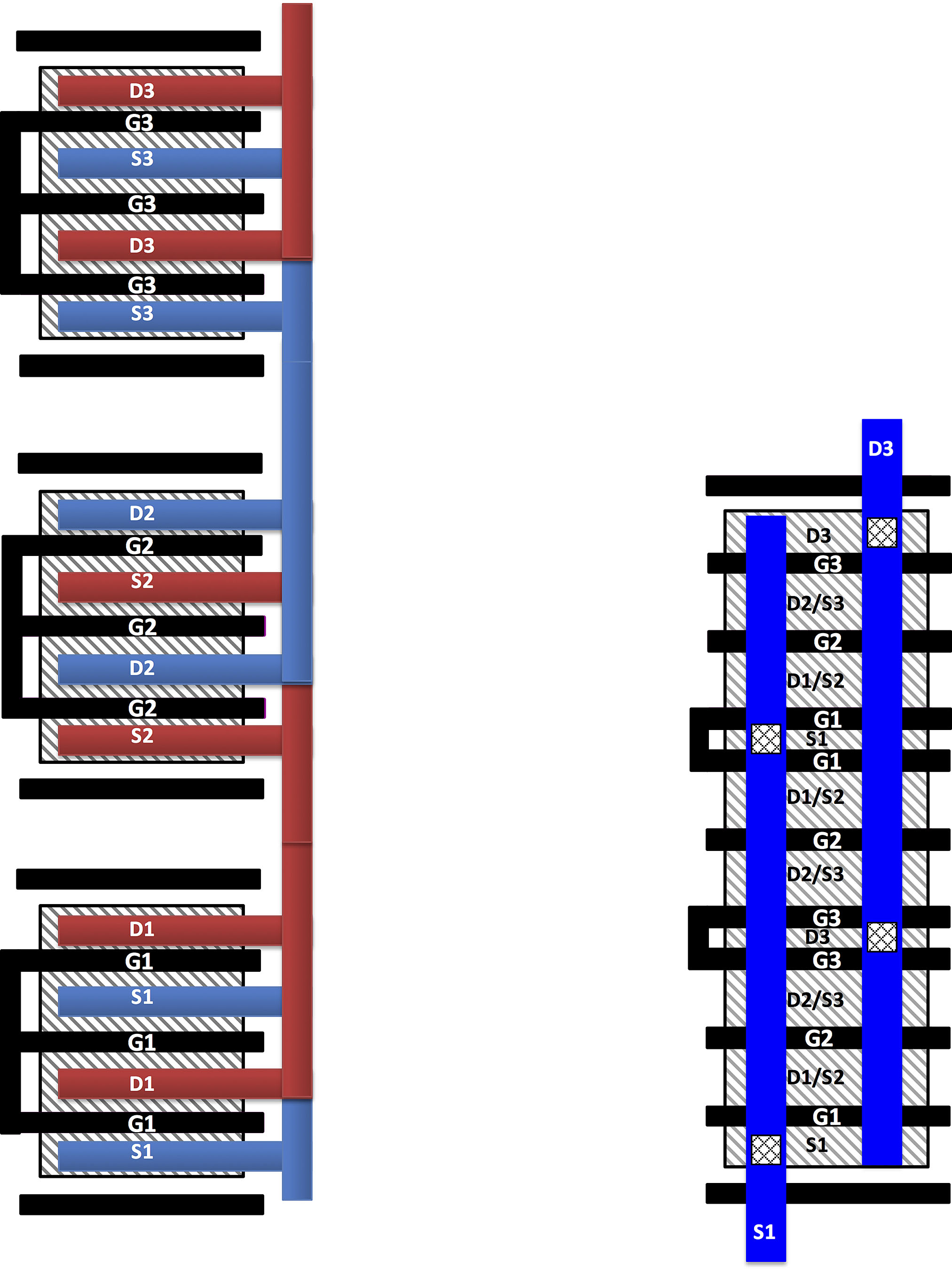This New Power Amplifier Will Make Next-Gen 5G Cellphones Possible
5G mobile devices are expected to make their way to the market in just a few years. However, turning the technology into a feasible reality will require some powerful amplifiers.
Thanks to researchers from Purdue University, there’s now a new highly efficient power amplifier for electronics that can do just that. In addition to cellphones, the amplifier can also provide low-cost collision-avoidance radar for cars and lightweight microsatellites for communications.
Fifth-generation, or 5G phones will be designed to download and transmit data and videos faster than any of today’s phones, as well as provide better coverage, consume less power and cater to the growing Internet of Things, which requires all kinds of objects to send and receive data.
In order to transmit these kinds of signals, devices require power amplifiers. However, today’s cell phone amplifiers are made of gallium arsenide, and therefore cannot be integrated into the phone’s silicon-based technology, called complementary metal-oxide-semiconductor (CMOS).
Purdue’s new amplifier design is CMOS-based, thought, which means it could actually integrate with the phone’s electronic chip, in turn reducing manufacturing costs and power consumption while boosting performance.

“Silicon is much less expensive than gallium arsenide, more reliable and has a longer lifespan, and if you have everything on one chip it’s also easier to test and maintain,” said Saeed Mohammadi, an associate professor of electrical and computer engineering at Purdue University. “We have developed the highest efficiency CMOS power amplifier in the frequency range needed for 5G cell phones and next-generation radars.”
The amplifier achieves an efficiency of 40%, comparable to current amplifiers made of gallium arsenide.
The new amplifier design contains silicon transistors that are stacked together to reduce the number of metal interconnections normally needed between transistors. This reduces something called “parasitic capacitance,” which hinders performance and can damage electronic circuits.
“We have merged transistors so we are using less metallization around the device, and that way we have reduced the capacitance and can achieve higher efficiencies,” said Mohammadi. “We are trying to eliminate metallization between transistors.”
As previously mentioned, the CMOS amplifiers have potential application in microsatellite technology, offering the ability for researchers to develop microsatellites that are one-hundredth the weight of current offerings.
Three U.S. patents related to the amplifier have been issued and now the team is working on an even newer version of the amplifier — on that is twice as powerful. Once complete, they will work to further integrate the amplifier into a cell phone chip.


Comments are closed, but trackbacks and pingbacks are open.